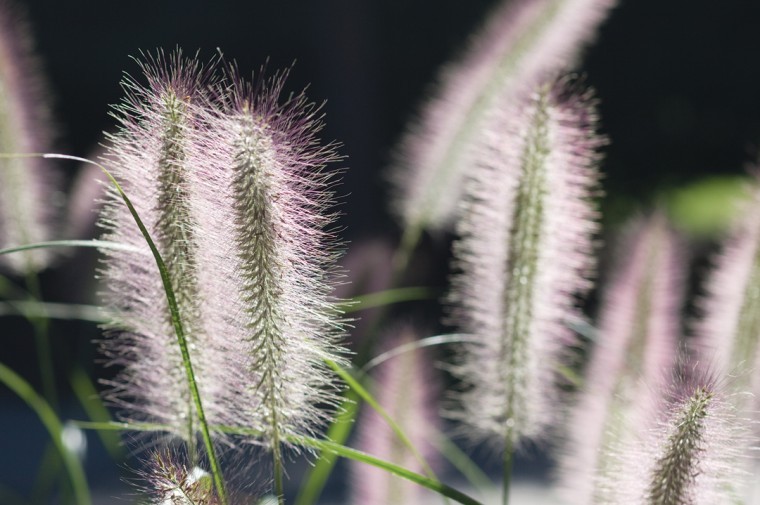Arment: Iowa’s grass should stay native
Photo: Abby Gilman/Iowa State Daily
Non-native grass is located near Ross Hall.
September 7, 2010
One of Michael Crichton’s most culturally dynamic novels was Jurassic Park. If you haven’t read the novel, I won’t ruin it for you, but the gist is that nature cannot be contained.
Crichton took time to cultivate man’s hubris — that is, a very negative kind of pride — by showing great men recreate dinosaurs, and failing to be able to keep them under control. In effect the book is an exciting tale of man not just losing to nature, but running away screaming in fear as their environment turns hostile.
The novel does much more than just excite the imagination, it brings forward the question, “What is acceptable for man to do to nature, and how far is too far when it comes to manipulating it?”
Iowa State is particularly sensitive to the environment. It’s MFA program focuses on the environmental aspects of writing, the campus is beautiful and there are even CyRide buses that are electrical hybrids.
It bears asking then, just why grass that is non-native to Iowa is being used in the landscape. This probably isn’t as bad as what happened in Jurassic Park. The non-native grass isn’t going to uproot and try to eat you. It could end up in Iowa’s prairie or along the shores of Iowa’s bodies of water.
This may seem to many like the social phenomena that some refer to as “no big deal.” If that was your initial reaction, you’re right, but only for the moment. It’s hard to tell what introducing new species to an environment will do until it is too far gone to do anything about.
A good example is the zebra mussels. These little, shelled creatures are very troublesome in some places of our country. They have a striped black-and-white shell, and they are best thought of as locusts of the water. “Zebra mussels upset ecosystems, threaten native wildlife, damage structures and cause other serious problems. Millions of dollars are spent each year in attempting to control these small but numerous mollusks,” according to nationalatlas.gov.
We didn’t introduce these little creatures into our ecosystem voluntarily. They originated in Poland and somehow — by either hitching a ride or being taken as a pet — made their way to the waters of Lake St. Clair.
I guess we can only hope that the non-native grasses don’t somehow make it out to Iowa’s prairies.
Given, I do not have my doctorate in landscape-ology, but it stands to reason that we cannot control nature. I’m not sure how many more times mother nature has to tear our barns out of the ground with tornados, destroy businesses with floods, scorch us with the sun or let her creatures run amok all over our careful sculpted landscapes before we realize that we aren’t the ones in control.
Non-native grass may not be as sensational as experiments with dinosaurs from Michael Crichton’s imagination, but it is certainly still something to be taken seriously. We will be passing this world on to our children; we should strive to leave it better than we found it.

















